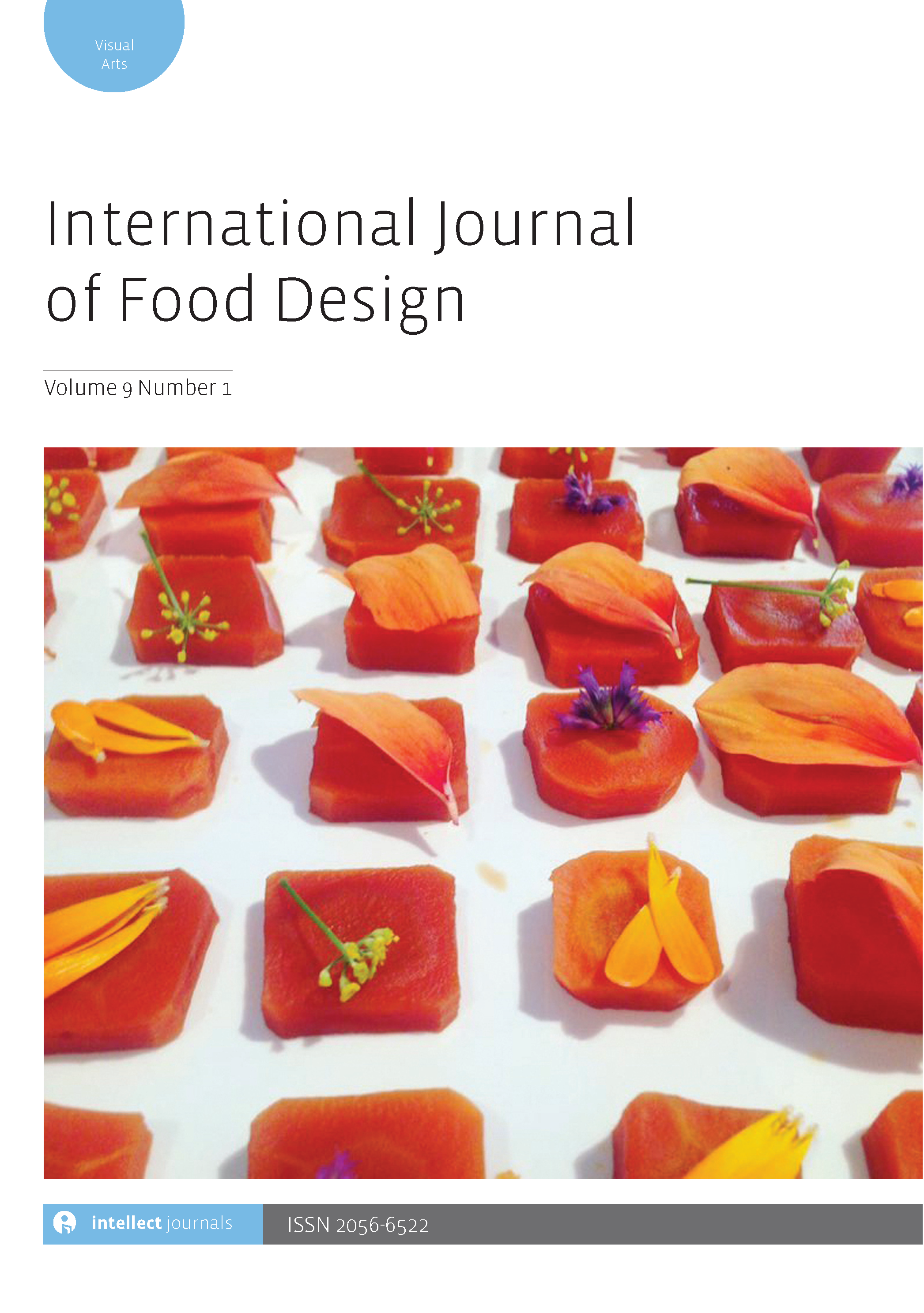
-
oa The role of ritual communication in consumption: A consumer coffee experience
-
-
- 04 Feb 2022
- 31 Jul 2023
- 24 Nov 2023
Abstract
Rituals are part of the consumer experience of goods, especially food and drink, and can contribute to consumer enjoyment of and fidelity to a specific product. However, we lack detailed description of food/beverage-related rituals and their potential impact on consumer perceptions, in particular whether and how communicating those rituals to consumers influences their attitudes. Here we use coffee as an example of a ritualized product within the UK market to explore this potential relationship and identify opportunities for design. In Study 1, we identified rituals associated with coffee preparation and consumption. In Study 2, we found that several procedural aspects of the rituals identified in Study 1 were not consistently conveyed in coffee advertising, indicating a potential gap in communication with consumers. In Study 3, we showed that communicating such rituals to consumers resulted in significantly greater willingness to pay for coffee, mediated by perceptions of social attention. This work connects growing interest in the psychological mechanisms of ritual with work on consumer perceptions and behaviour and carries significant implications for the design of messaging around food experience.
Funding
- Nestlé Research


